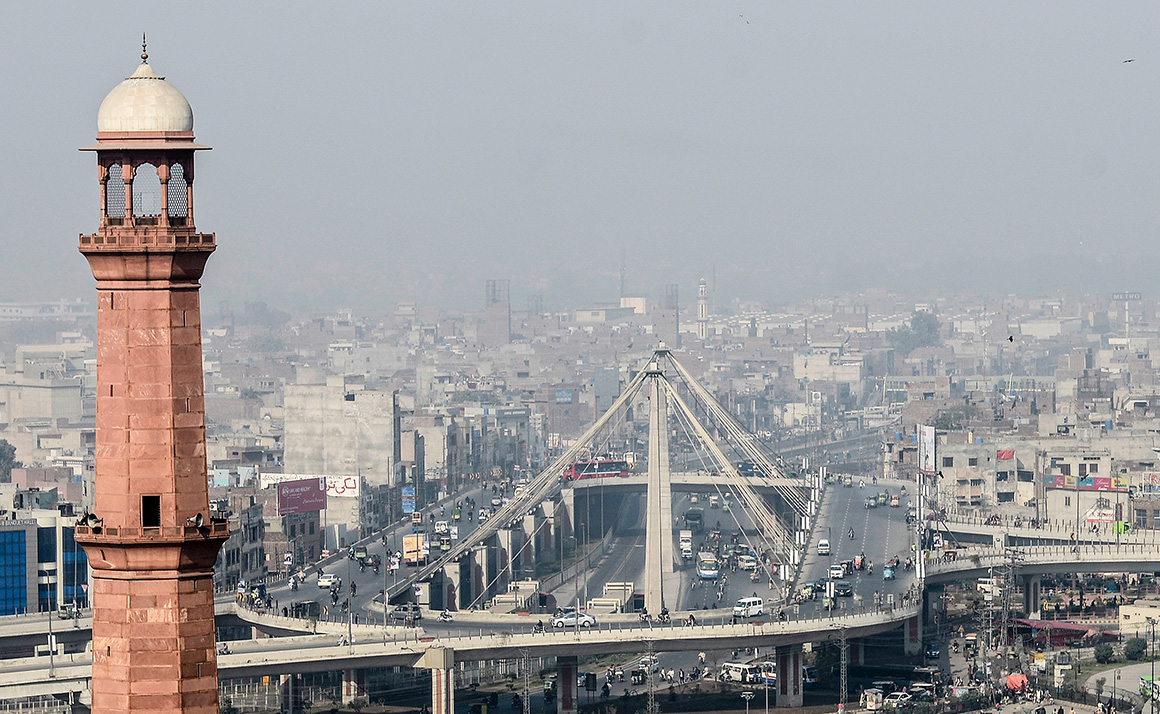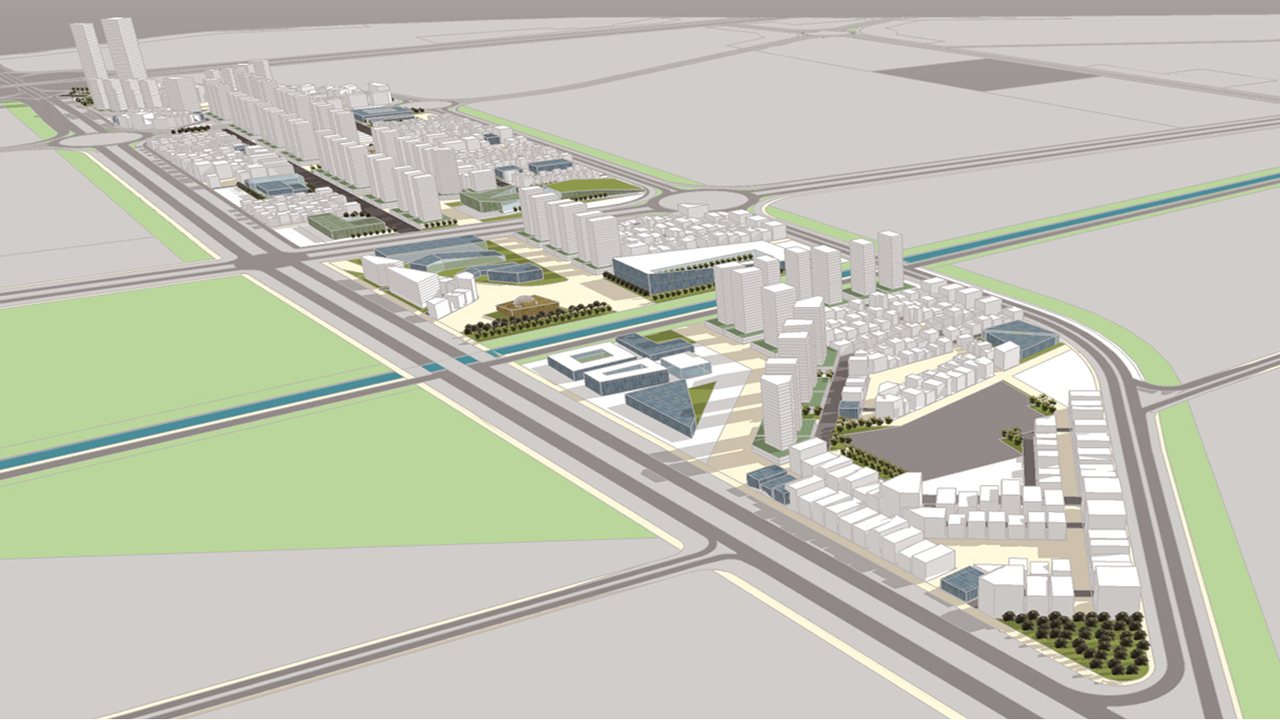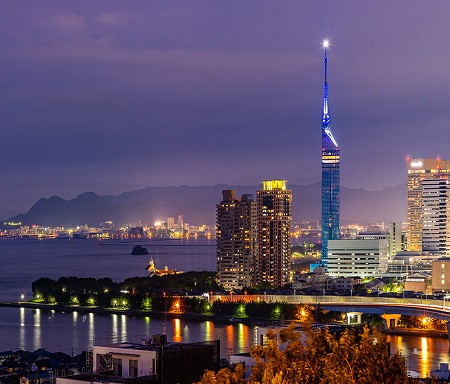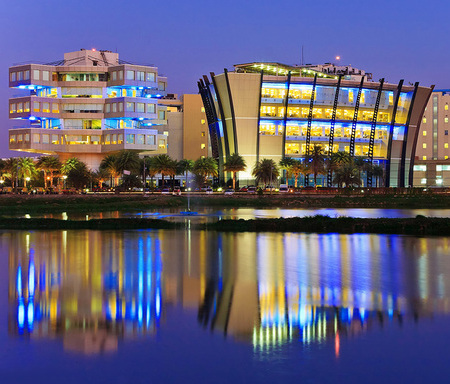
City lowdown: Lahore
The development of a new CBD could bring the ancient city of Lahore into a new real estate era with a raft of modern buildings.
Lahore is the second largest city of Pakistan, with a population of 12 million, and is a major cultural and educational centre. It is also a hub for IT and financial services.
The city lacks modern Grade A real estate, however plans for a new central business district mean that is set to change. The 300 acre Lahore CBD (pictured below) will allow the development of towers up to 750 ft tall and is expected to lead to the development of more Grade A, LEED-certified buildings, says Nadine Malik, head of research and consultancy at Savills Pakistan.
“The favourable bylaws, approval of high-rises and focus on LEED-certified developments has managed to gain the interest of developers. The authority has already sold over 12 land parcels with a combined area of more than 60,000 sq m.”
Over the longer term, the Ravi River Urban Development Project on the outskirts of the city will see 100,000 acres developed into a new town over the next 30 years.
Lahore is also expanding its metro system, with two new lines expected to “improve mobility, lower traffic congestion within the city and encourage people to move into less densely populated areas in the outskirts,” says Malik.
Today, Gulberg is the main CBD of Lahore, however other centres are emerging. At present, the city has only three Grade-A office developments, however a further three are expected to be operational by the end of this year.
Lahore has approximately 9m sq ft of shopping centre space, more than any other Pakistani city and a further 5m sq ft is in the pipeline. Gulberg is one of the major shopping centres. Supply has risen due to consolidation in modern malls and due to the growth of international brands.

Until recently, Lahore mainly saw the development of low-rise homes, but regulations to prevent urban sprawl are driving the development of apartment buildings in areas such as Gulberg. Prices have risen by almost half over the past five years, but Lahore residential rents and prices are still lower than in the other major cities of Karachi and Islamabad.
Lahore is considered the cultural centre of Pakistan and therefore is a popular tourist destination. It has approximately 6,000 hotel rooms, of which 70% are three and four star establishments.
However, new supply of 1,400 five star rooms is expected to change the landscape, with international operators such as Marriott and Radisson to enter the market. New planning laws will allow the construction of taller hotels.
In common with hotel markets worldwide, Lahore saw occupancy fall during the pandemic, but it has recovered sharply this year.
Further reading:
Savills Pakistan
Contact us:
Simon Smith



